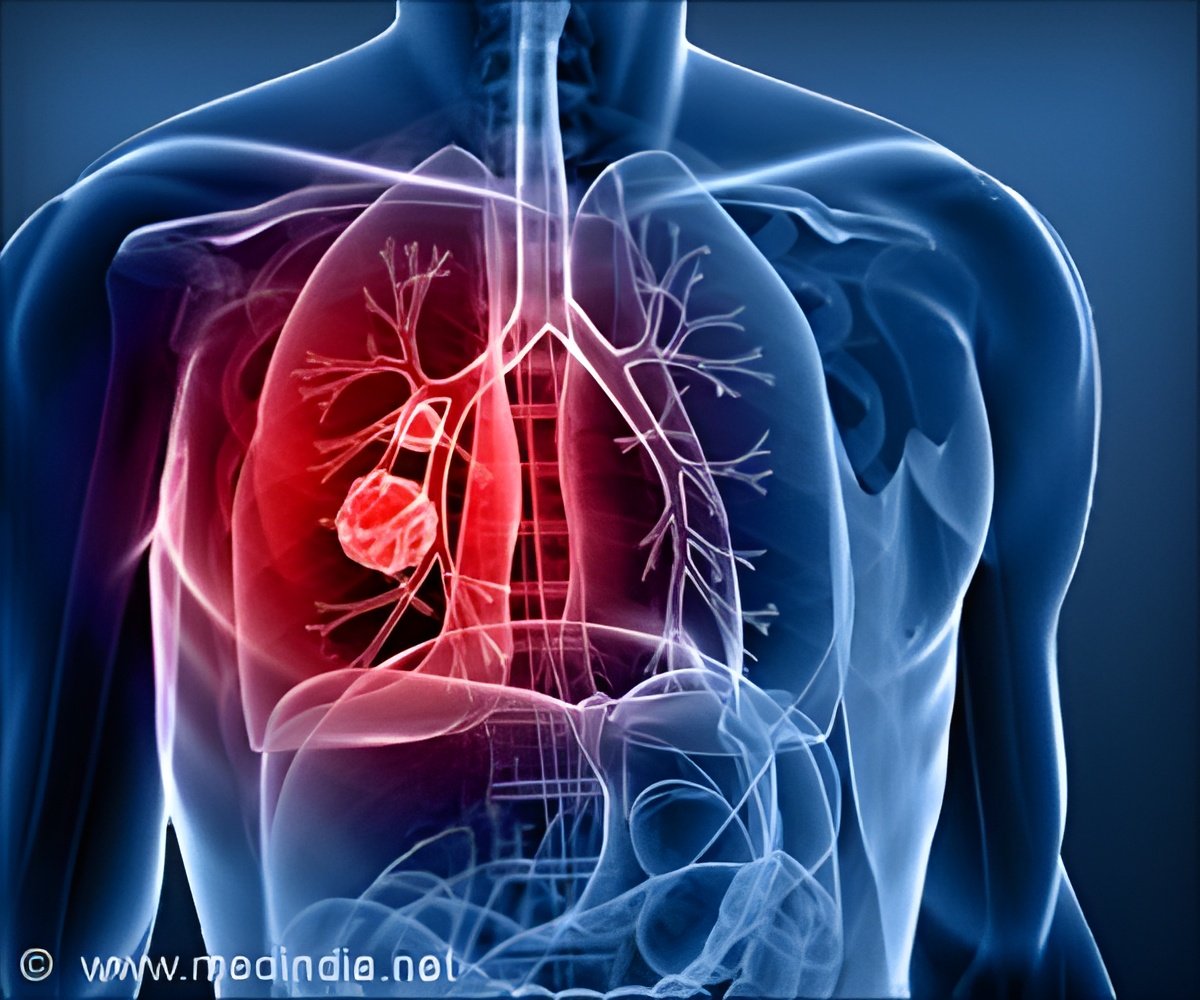New study stresses the need for early lung health checks and monitoring using spirometry tests.

A study conducted by the Barcelona Institute for Global Health (ISGlobal), in partnership with Clínic-IDIBAPS and supported by the ”la Caixa” Foundation, has, for the first time, mapped how lung capacity changes throughout a person’s life — from early childhood to old age. Published in The Lancet Respiratory Medicine, the research offers a foundational reference for evaluating lung health across age groups.
Until now, it was thought that lung function increased until it peaked at around 20–25 years of age, after which it stabilised. It was also thought that in later adulthood, lung function begins to decline as the lungs age. However, this model was based on studies that did not cover the whole life course.
New Study Tracks Lung Capacity from Childhood to Old Age
In contrast, the current study used an “accelerated cohort design”, meaning data from several cohort studies were combined to cover the desired age range. “We included more than 30,000 individuals aged 4 to 82 years from eight population-based cohort studies in Europe and Australia,” explains Judith Garcia-Aymerich, first author of the study and co-director of the ISGlobal programme on Environment and Health over the Life Course. Lung function and lung capacity parameters were assessed using forced spirometry, a test in which the patient exhales all the air as quickly as possible after taking a deep breath. Data on active smoking and asthma diagnosis were also collected.
The study showed that lung function develops in two distinct phases: a first phase of rapid growth during childhood and a second phase of slower growth until peak lung function is reached. Lung function was assessed using two parameters: forced expiratory volume in one second (FEV1), which measures the amount of air expelled in the first second of a forced breath after a deep inhalation; and forced vital capacity (FVC), which is the maximum amount of air a person can breathe out without a time limit after a deep inhalation.
In women, FEV1 peaks around the age of 20, while in men it peaks around the age of 23. Surprisingly, the study found no evidence of a stable phase following this peak. “Previous models suggested a plateau phase until the age of 40, but our data show that lung function starts to decline much earlier than previously thought, immediately after the peak,” explains Garcia-Aymerich.
The analysis shows that both persistent asthma and smoking affect lung function, but in a different way than previously thought.
“Early detection of low lung function may allow interventions to prevent chronic respiratory diseases in adulthood,” concludes Rosa Faner, researcher at the University of Barcelona and at Clínic-IDIBAPS, and last author of the study.













Leave a Reply